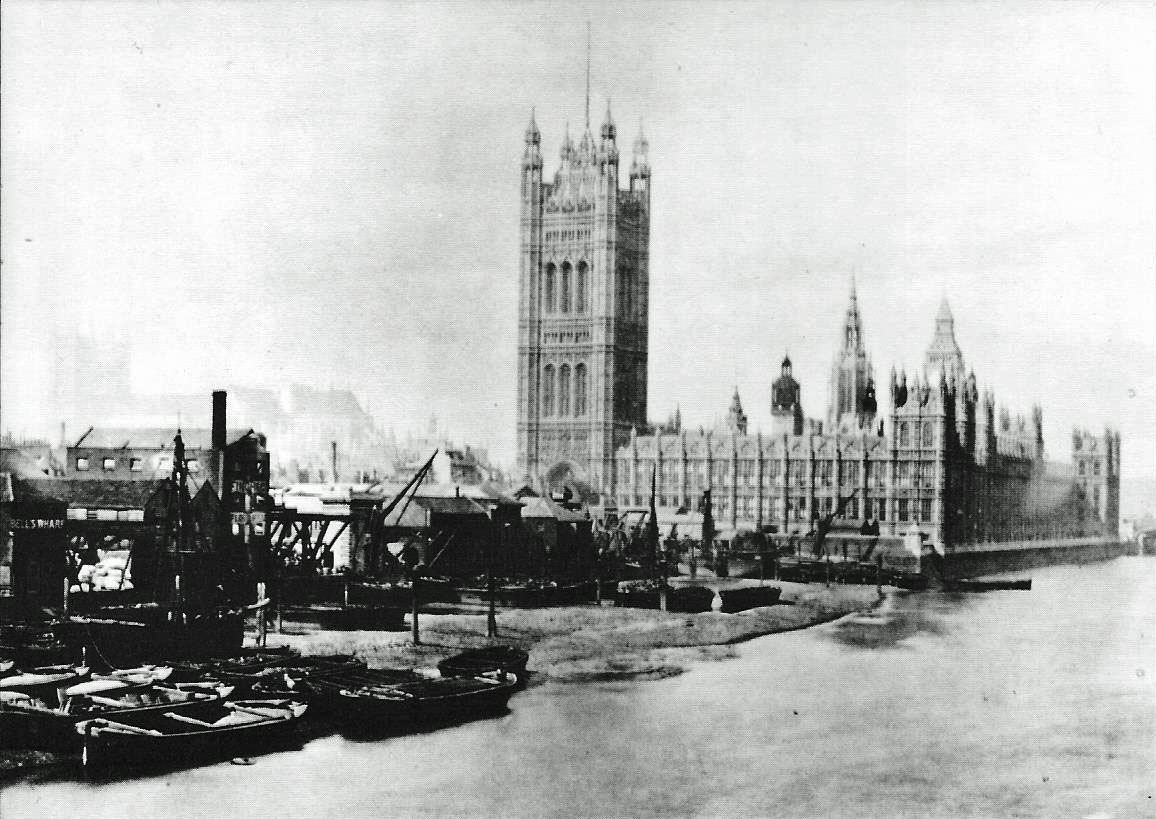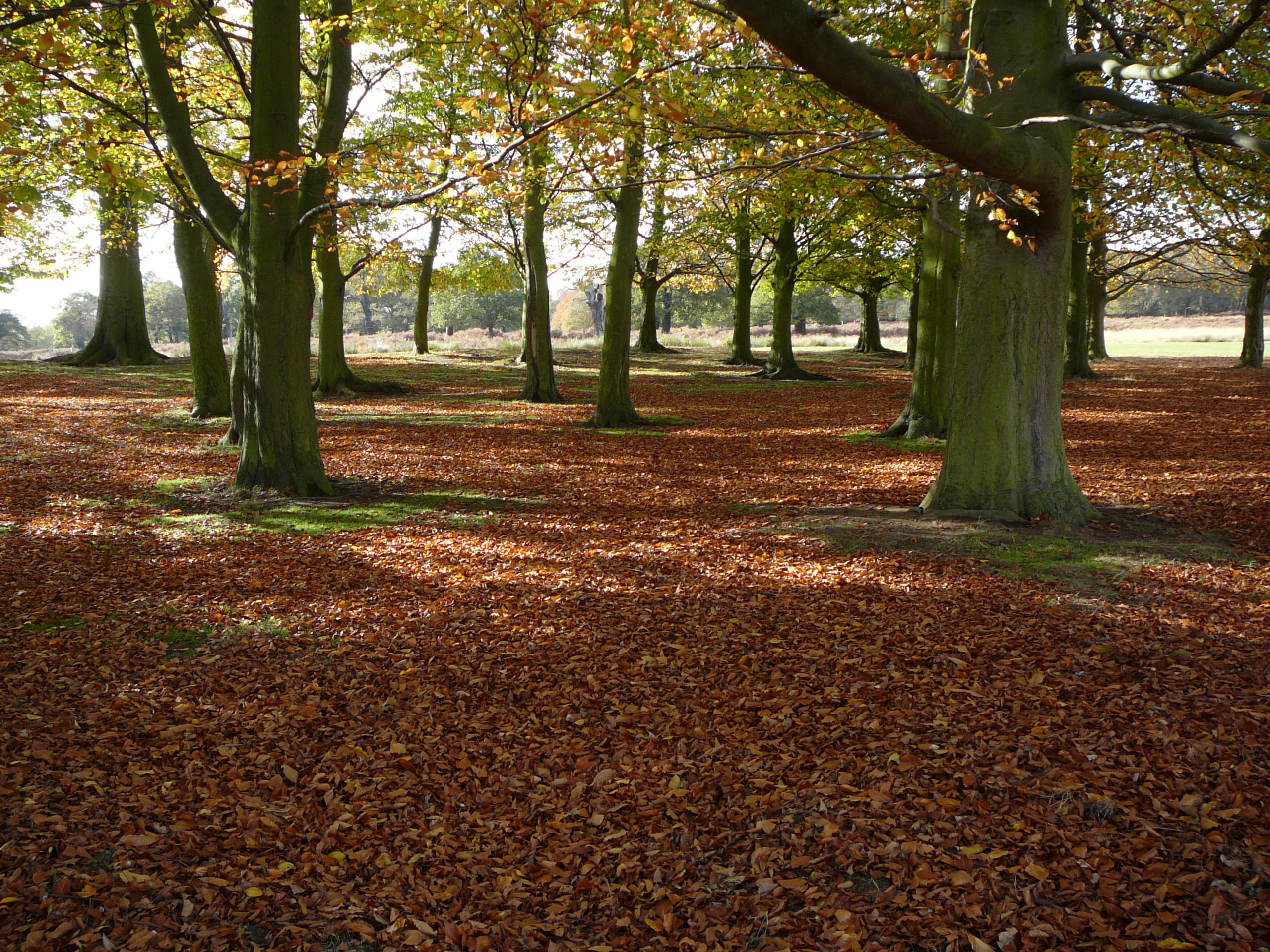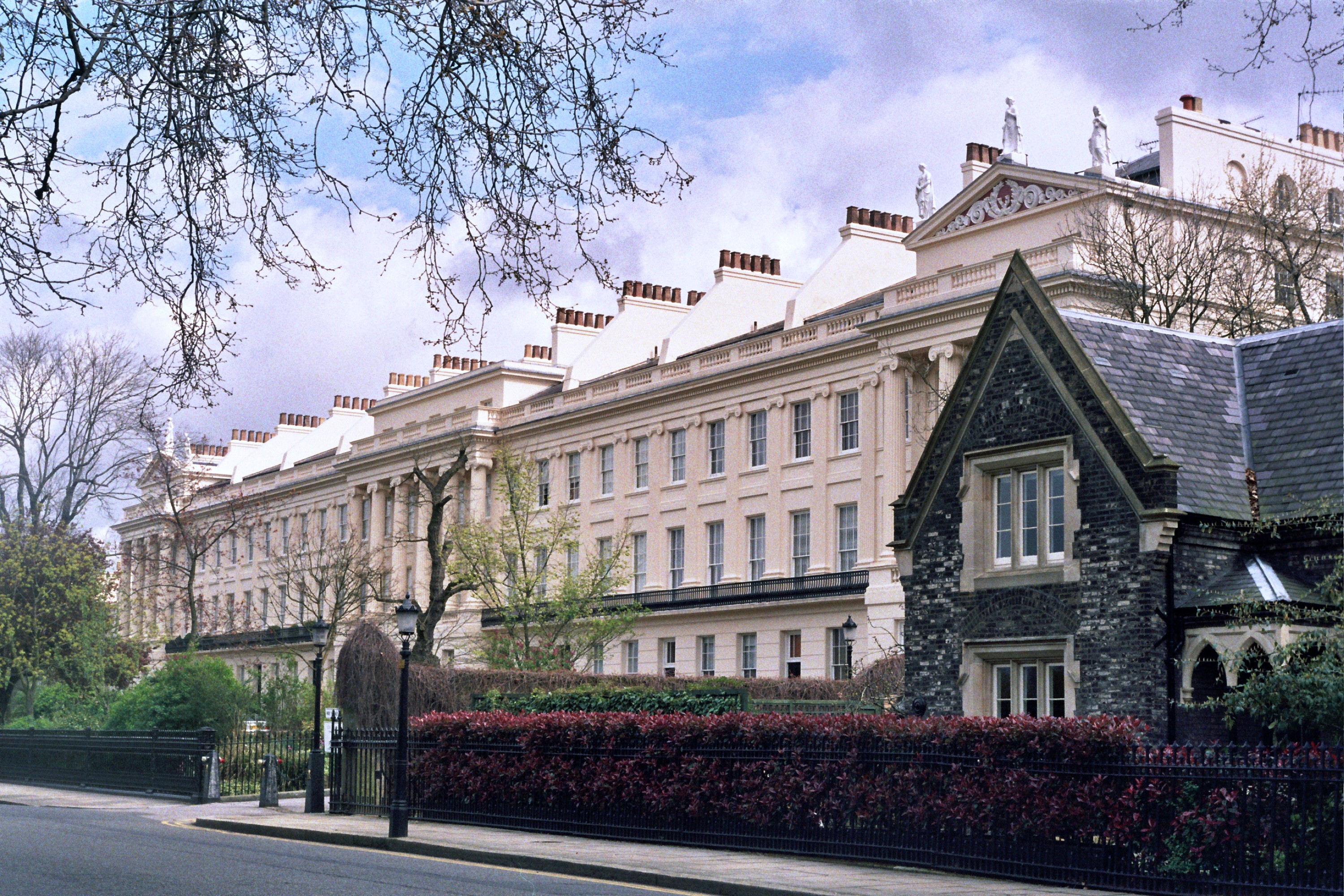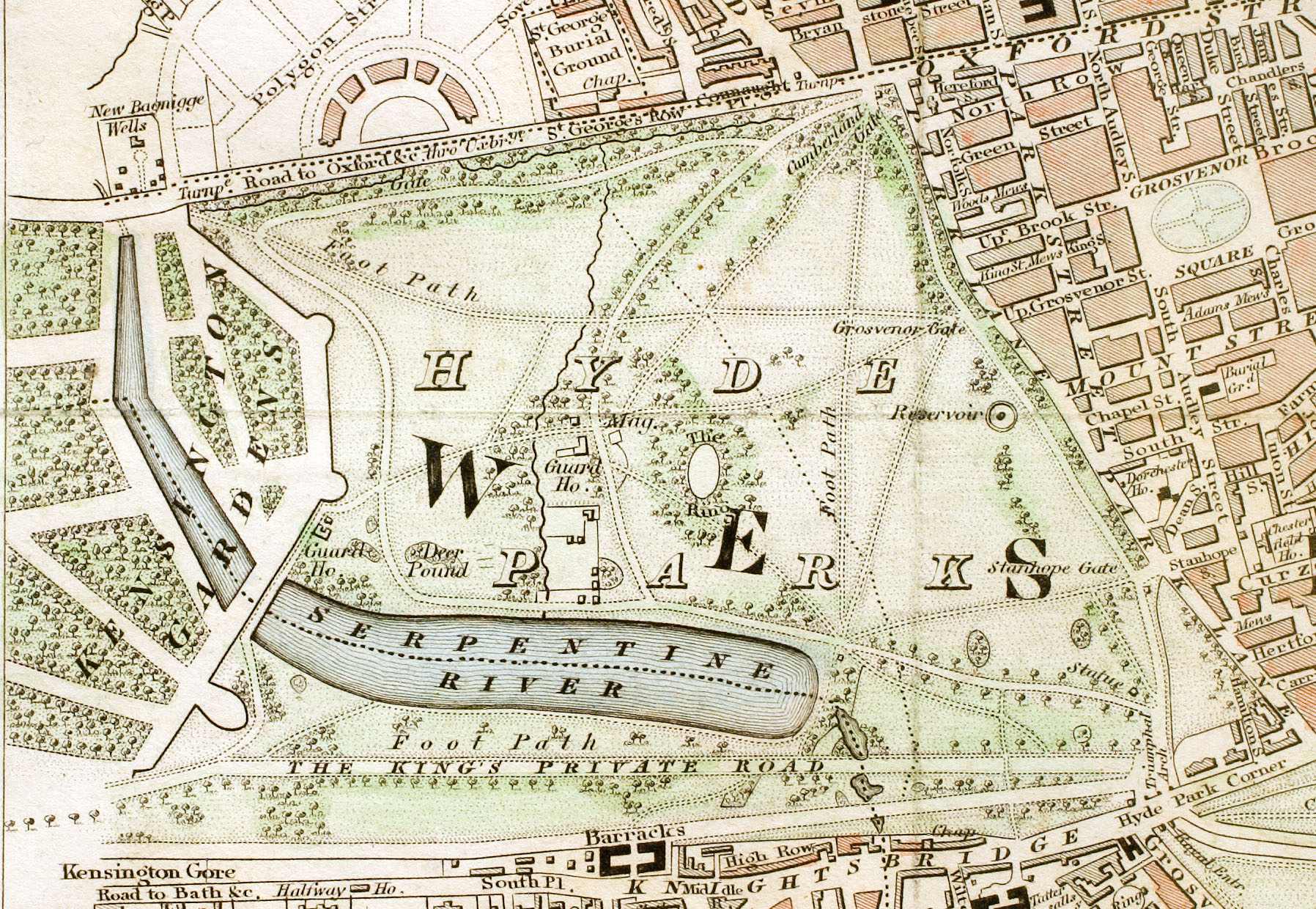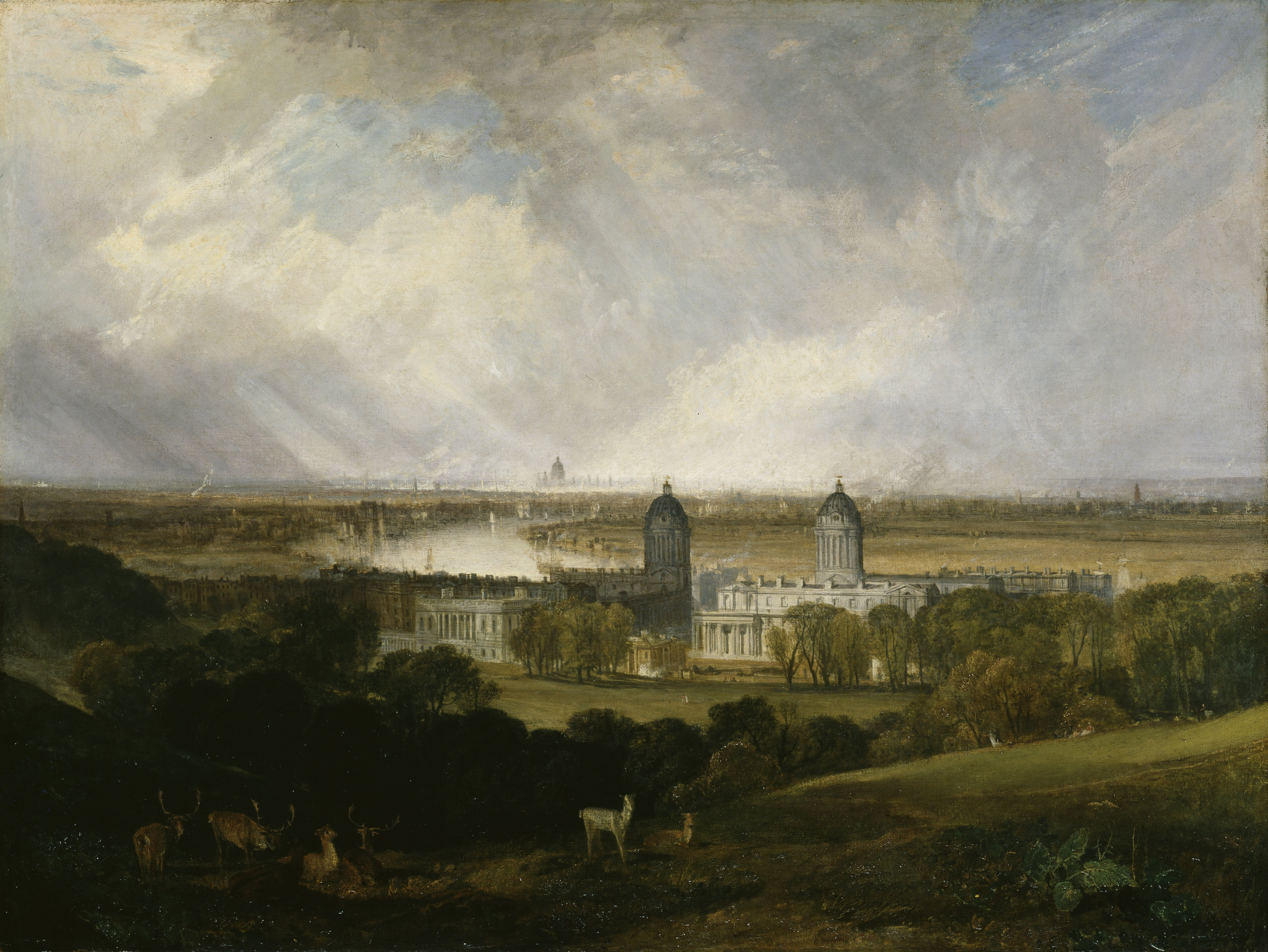|
Royal Parks Operational Command Unit
The Royal Parks Operational Command Unit, also known as the Royal Parks Police, is a unit of the Metropolitan Police which has responsibility for policing the Royal Parks found in central London. Core police teams patrol the 17 royal parks, gardens and other open spaces within the Metropolitan Police District – an area in excess of . Spread across the five boroughs in which the various Parks are located, the pan-London service given by the Royal Parks Operational Command Unit is in addition to that provided by local borough police. The unit is currently commanded by a Superintendent. While the focus of the unit across most of London is policing crime and disorder, certain parks such as Richmond Park emphasise 'environmental policing' for breaches of park regulations. The OCU began to take over policing responsibility for the parks in April 2004 during a period of transfer of functions from the Royal Parks Constabulary (RPC). The RPC was finally abolished as a constabulary i ... [...More Info...] [...Related Items...] OR: [Wikipedia] [Google] [Baidu] |
Grosvenor Square
Grosvenor Square ( ) is a large garden square in the Mayfair district of Westminster, Greater London. It is the centrepiece of the Mayfair property of the Duke of Westminster, and takes its name from the duke's surname "Grosvenor". It was developed for fashionable residences in the 18th century. In the 20th it had an American and Canadian diplomatic presence, and currently is mixed use, commercial. History Sir Sir Richard Grosvenor, 4th Baronet, Richard Grosvenor obtained a licence to develop Grosvenor Square and the surrounding streets in 1710, and development took place between 1725 and 1731. The land was sold in individual plots, with 30 different builders or partnerships taking a lease; about half of these had become bankrupt by 1738. Grosvenor Square was one of the three or four most fashionable residential addresses in London from its construction until the Second World War, with numerous leading members of the aristocracy in residence. The early houses were generally ... [...More Info...] [...Related Items...] OR: [Wikipedia] [Google] [Baidu] |
Victoria Tower Gardens
Victoria Tower Gardens is a public park along the north bank of the River Thames in London, adjacent to the Victoria Tower, at the south-western corner of the Palace of Westminster. The park, extends southwards from the Palace to Lambeth Bridge, between Millbank and the river. It forms part of the Thames Embankment. Victoria Tower Gardens is a Grade II* listed park created in two stages in 1879–81 and 1913–14. It is in a conservation area, is partly within the UNESCO World Heritage Site of Westminster, and is designated a zone of Monument Saturation. History The northern part of the gardens was acquired by the government under the Houses of Parliament Act 1867 in order to reduce the fire risk to the Palace of Westminster from the wharves there. There was disagreement about whether at least some of the land should be built on, but eventually the newspaper retailer William Henry Smith donated £1,000 towards laying it out as an open space and Parliament paid the remaining ... [...More Info...] [...Related Items...] OR: [Wikipedia] [Google] [Baidu] |
Green Park
The Green Park, one of the Royal Parks of London, is in the City of Westminster, Central London. Green Park is to the north of the gardens and semi-circular forecourt of Buckingham Palace, across Constitution Hill road. The park is in the middle of a near-continuous chain of green spaces in Westminster that includes St James's Park, Hyde Park, and Kensington Gardens. To the northwest of Green Park is the district of St James's including, Lancaster House, Clarence House, and St James's Palace. First enclosed in the 17th century by King Charles II, it was landscaped in 1820 and is notable among central London parks for having no lakes or buildings, and only minimal flower planting in the form of naturalised narcissus. Description and surroundings Green Park covers just over between Hyde Park and St. James's Park. Together with Kensington Gardens and the gardens of Buckingham Palace, these parks form an almost unbroken stretch of tended green land. This combined par ... [...More Info...] [...Related Items...] OR: [Wikipedia] [Google] [Baidu] |
Richmond Park
Richmond Park, in the London Borough of Richmond upon Thames, is the largest of Royal Parks of London, London's Royal Parks and is of national and international importance for wildlife conservation. It was created by Charles I of England, Charles I in the 17th century as a Deer park (England), deer park. It is now a national nature reserves in England, national nature reserve, a Site of Special Scientific Interest and a Special Area of Conservation and is included, at Grade I, on Historic England's Register of Historic Parks and Gardens of special historic interest in England. Its landscapes have inspired many famous artists and it has been a location for several films and TV series. Richmond Park includes many buildings of architectural or historic interest. The Listed building, Grade I-listed White Lodge was List of British royal residences#Current royal residences, formerly a royal residence and is now home to the Royal Ballet School#White Lodge, Royal Ballet School. T ... [...More Info...] [...Related Items...] OR: [Wikipedia] [Google] [Baidu] |
Regent's Park
Regent's Park (officially The Regent's Park) is one of the Royal Parks of London. It occupies in north-west Inner London, administratively split between the City of Westminster and the London Borough of Camden, Borough of Camden (and historically between Marylebone and St Pancras, London, Saint Pancras parishes). In addition to its large central parkland and ornamental lake, it contains various structures and organizations both public and private, generally on its periphery, including Regent's University London, Regent's University and London Zoo. What is now Regent's Park came into possession of the Crown land, Crown upon the dissolution of the monasteries in the 1500s, and was used for hunting and tenant farming. In the 1810s, the George IV, Prince Regent proposed turning it into a pleasure garden. The park was designed by John Nash (architect), John Nash and James Burton (property developer), James and Decimus Burton. Its construction was financed privately by James Burton af ... [...More Info...] [...Related Items...] OR: [Wikipedia] [Google] [Baidu] |
Primrose Hill
Primrose Hill is a Grade II listed public park located north of Regent's Park in London, England, first opened to the public in 1842.Mills, A., ''Dictionary of London Place Names'', (2001) It was named after the natural hill in the centre of the park, one of the highest natural points in the London Borough of Camden. The hill summit has a clear view of central London, as well as Hampstead and Belsize Park to the north and is adorned by an engraved quotation from William Blake. Based on the popularity of the park, the surrounding district and electoral ward were named Primrose Hill. The Primrose Hill district is in the London Borough of Camden, England. Amenities of the park include an outdoor gym known as the Hill Trim Trail, a children's playground, and toilets, all located on the south side near Primrose Hill bridge which connects to London Zoo and Regent's Park. History Like the Regent's Park, Primrose Hill was once part of a great chase appropriated by Henry VIII. Late ... [...More Info...] [...Related Items...] OR: [Wikipedia] [Google] [Baidu] |
Kensington Gardens
Kensington Gardens, once the private gardens of Kensington Palace, are among the Royal Parks of London. The gardens are shared by the City of Westminster and the Royal Borough of Kensington and Chelsea and sit immediately to the west of Hyde Park, London, Hyde Park, in western central London known as the West End of London, West End. The gardens cover an area of 107 hectares (265 acres). The open spaces of Kensington Gardens, Hyde Park, Green Park, and St. James's Park together form an almost continuous "green lung" in the heart of London. Kensington Gardens are Grade I listed on the Register of Historic Parks and Gardens of special historic interest in England, Register of Historic Parks and Gardens. Background and location Kensington Gardens are generally regarded as being the western extent of the neighbouring Hyde Park from which they were originally taken, with West Carriage Drive (The Ring) and the Serpentine Bridge forming the boundary between them. The Gardens are fence ... [...More Info...] [...Related Items...] OR: [Wikipedia] [Google] [Baidu] |
Hyde Park, London
Hyde Park is a , historic Listed building#Heritage protection, Grade I-listed urban park in Westminster, Greater London. A Royal Parks of London, Royal Park, it is the largest of the parks and green spaces that form a chain from Kensington Palace through Kensington Gardens and Hyde Park, via Hyde Park Corner and Green Park, past Buckingham Palace to St James's Park. Hyde Park is divided by the Serpentine and the Long Water lakes. The park was established by Henry VIII in 1536 when he took the land from Westminster Abbey and used it as a hunting ground. It opened to the public in 1637 and quickly became popular, particularly for May Day parades. Major improvements occurred in the early 18th century under the direction of Caroline of Ansbach, Queen Caroline. The park also became a place for duels during this time, often involving members of the nobility. In the 19th century, the Great Exhibition of 1851 was held in the park, for which The Crystal Palace, designed by Joseph Paxt ... [...More Info...] [...Related Items...] OR: [Wikipedia] [Google] [Baidu] |
Greenwich Park
Greenwich Park is a former hunting park in Greenwich and one of the largest single green spaces in south-east London. One of the eight Royal Parks of London, and the first to be enclosed (in 1433), it covers , and is part of the Greenwich World Heritage Site. Surrounding the hilltop Royal Observatory, Greenwich, Royal Observatory (opened in 1676) and straddling the Prime meridian (Greenwich), Greenwich Prime Meridian, it commands elevated views over the River Thames, the Isle of Dogs and the City of London. The park is open year-round, and incorporates flower gardens as well as grassy spaces, a children's playground, cafés and other amenities, a bandstand, a boating lake, a pond, wooded areas, and a wildlife habitat called 'The Wilderness'. The park also contains Roman and Anglo-Saxon remains, and is listed Grade I on the Register of Historic Parks and Gardens of special historic interest in England, Register of Historic Parks and Gardens; in 2020, it was awarded a National Lotte ... [...More Info...] [...Related Items...] OR: [Wikipedia] [Google] [Baidu] |
Royal Parks
The Royal Parks make up land that was originally used for the recreation, mostly hunting, by the royal family. They are part of the hereditary possessions of The Crown, now managed by The Royal Parks, a charity which manages eight royal parks and certain other areas of parkland in London. The Royal Parks charity was created as a company limited by guarantee in March 2017 and officially launched in July 2017. Its chief executive is Andrew Scattergood. The charity took over the main responsibilities of management from the Royal Parks Agency – a former executive agency of the Department for Culture, Media and Sport – and from the Royal Parks Foundation, which was a separate charity. Parks With increasing urbanisation of London, some royal hunting or tenant lands were preserved as freely accessible open space and became public parks with the introduction of the Crown Lands Act 1851. There are today eight parks formally described by this name and they cover almost 2,000 ... [...More Info...] [...Related Items...] OR: [Wikipedia] [Google] [Baidu] |
Department For Digital, Culture, Media And Sport
The Department for Culture, Media and Sport (DCMS) is a ministerial department of the Government of the United Kingdom. It holds the responsibility for culture and sport, and some aspects of the media throughout the UK, such as broadcasting. Its main offices are at 100 Parliament Street, occupying part of the building known as Government Offices Great George Street. It also has responsibility for the tourism, leisure and creative industries (some jointly with the Department for Business and Trade). The department was also responsible for the delivery of the 2012 Olympic Games and Paralympic Games. From 2017 to 2023, the department had responsibility for the building of a digital economy and was known as the Department for Digital, Culture, Media and Sport. The responsibilities for digital policy were transferred to the newly created Department for Science, Innovation and Technology in the February 2023 cabinet reshuffle. History and responsibilities DCMS originates fro ... [...More Info...] [...Related Items...] OR: [Wikipedia] [Google] [Baidu] |

